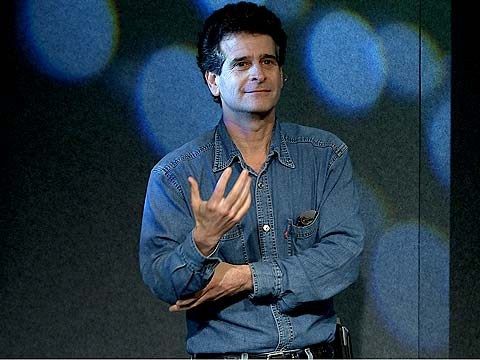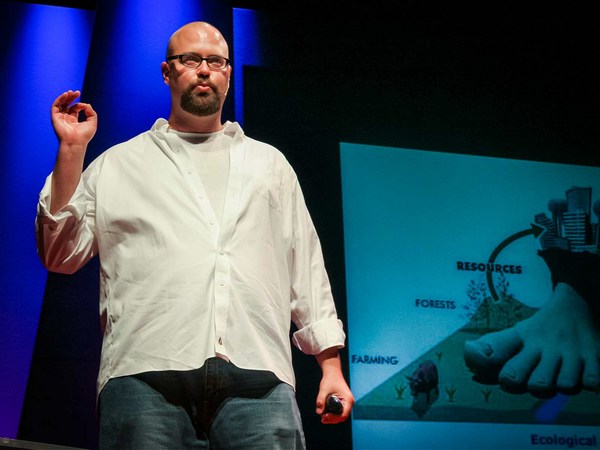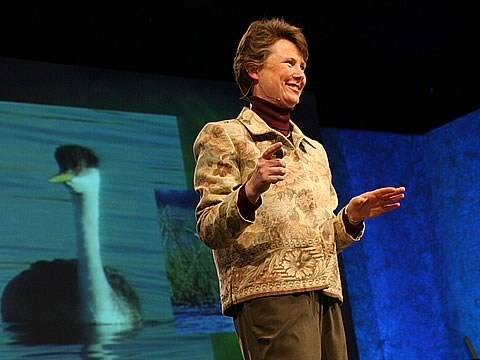This is a work in process, based on some comments that were made at TED two years ago about the need for the storage of vaccine.
(Video): [On this planet 1.6 billion people don't have access to electricity refrigeration or stored fuels this is a problem it impacts: the spread of disease the storage of food and medicine and the quality of life. So here's the plan ... inexpensive refrigeration that doesn't use electricity, propane, gas, kerosene or consumables time for some thermodynamics And the story of the Intermittent Absorption Refrigerator]
Adam Grosser: So 29 years ago, I had this thermo teacher who talked about absorption and refrigeration, one of those things that stuck in my head, a lot like the Stirling engine: it was cool, but you didn't know what to do with it. It was invented in 1858, by this guy Ferdinand Carré, but he couldn't actually build anything with it because of the tools at the time.
This crazy Canadian named Powel Crosley commercialized this thing called the IcyBall, in 1928. It was a really neat idea, and I'll get to why it didn't work, but here's how it works. There's two spheres and they're separated in distance. One has a working fluid, water and ammonia, and the other is a condenser. You heat up one side, the hot side. The ammonia evaporates and it recondenses in the other side. You let it cool to room temperature, and then, as the ammonia reevaporates and combines with the water back on the erstwhile hot side, it creates a powerful cooling effect. So it was a great idea that didn't work at all. They blew up.
(Laughter)
Because you're using ammonia, you get hugely high pressures if you heated them wrong; it topped 400 psi. The ammonia was toxic, it sprayed everywhere. But it was kind of an interesting thought.
So the great thing about 2006, there's a lot of really great computational work you can do. So we got the whole thermodynamics department at Stanford involved -- a lot of computational fluid dynamics. We proved that most of the ammonia refrigeration tables are wrong. We found some nontoxic refrigerants that worked at very low vapor pressures. We brought in a team from the UK -- a lot of great refrigeration people, it turns out, in the UK -- and built a test rig, and proved that, in fact, we could make a low-pressure, nontoxic refrigerator.
So this is the way it works. You put it on a cooking fire. Most people have cooking fires in the world, whether it's camel dung or wood. It heats up for about 30 minutes, cools for an hour. You put it into a container and it will refrigerate for 24 hours. It looks like this. This is the fifth prototype, it's not quite done. It weighs about eight pounds, and this is the way it works. You put it into a 15-liter vessel, about three gallons, and it'll cool it down to just above freezing -- three degrees above freezing -- for 24 hours in a 30 degree C environment. It's really cheap. We think we can build these in high volumes for about 25 dollars, in low volumes for about 40 dollars. And we think we can make refrigeration something that everybody can have.
Thank you.
(Applause)





